We’ve all found ourselves lured by the siren song of some irresistible silver bullet.
The adtech tool that automates away hours of mundane account optimization. The martech tool that automates away hours of mundane list building. The robot vacuum that swallows up pet hair and Doritos crumbs with reckless abandon.
For helping you understand that these solutions—and not those of some two-bit competitor—are the solutions, let's hear it for positioning and messaging.
At a high level, positioning dictates how your product is perceived and messaging is the means by which it’s amplified. In concert, they establish where your company fits into your market and ultimately dictate long-term success.
In this post, we’ll go deep on both positioning and messaging, discussing the nuanced difference between the two and how—when done right—they work together to create an unassailable competitive advantage.
Which comes first—positioning or messaging?
This is no chicken/egg proposition: Without positioning, there is no messaging.
In all seriousness, positioning must come before messaging because it is the bedrock on which messaging is built. Without first taking the time to establish what sets your solution apart from the rest of the market, there’s no logical way to highlight its key benefits to your target persona(s).
Thank you for coming to my Ted talk.
Positioning: Scaffolding your product’s success
Positioning establishes where your product fits into your market—who it helps, the problems it solves, how it compares to competitors—and ultimately dictates how your team communicates its efficacy (through, you know, messaging).
Your goal in positioning is to show your team how to communicate your product to your customer personas based on their:
- Demographics
- Pain points
- Values
It’s the distillation of what your ideal customer needs and why your product is perfectly suited to their needs.
Who better to own the prism through which your product is viewed than you? As a PMM, you are uniquely situated to own positioning; you don’t just know your product inside and out, you also communicate cross-functionally with greater frequency than anyone else in your organization.
Why does positioning matter?
Positioning provides a framework for every product- or customer-focused action taken by members of your organization.
It’s the jumping off point for your product’s entry into the public consciousness, establishing both market fit and benefits to your customer (not to mention who that customer is). It’s the reason you immediately think “Tesla” when you see a headline about electric cars, or “Shopify” when someone mentions Cyber Monday.
Ultimately, positioning (done right) arms your organization with the language to contextualize your product in the market. It eliminates guesswork on the part of engineers and account executives and marketers alike, all of whom might fail to see the forest for the trees through no fault of their own.
It should permeate and guide development and product releases. It should be evident in every cold call and retargeting ad.
It’s the foundation for your organization, determining the features you focus on, what a launch looks like, where you target new customers, how you price your product, and more.
Creating your positioning strategy
A solid positioning strategy should include:
- Your target customer persona(s)
- How your product fits into the market
- The core benefits of your product
- Evidence
- Clarity
Let’s zoom in on each of these pillars.
Personas
Before you can articulate why your product is the best possible solution, you need to answer a simple question: For whom?
Dropbox does this impeccably right on their home page (through testimonials, no less: you love to see it).
They contextualize the product in terms of its personal applications ...
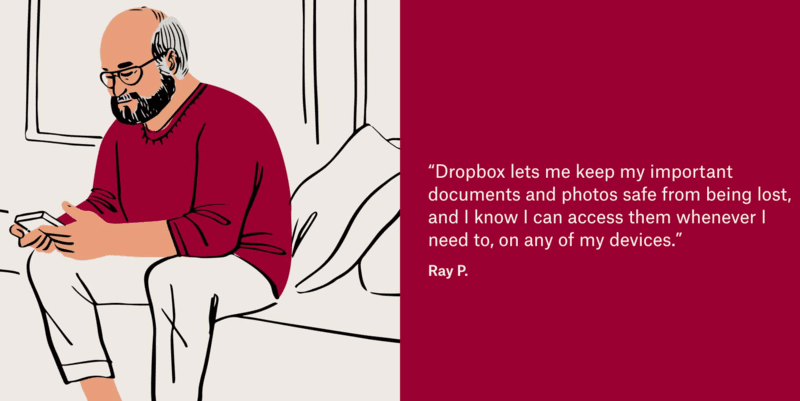
... and its business applications:
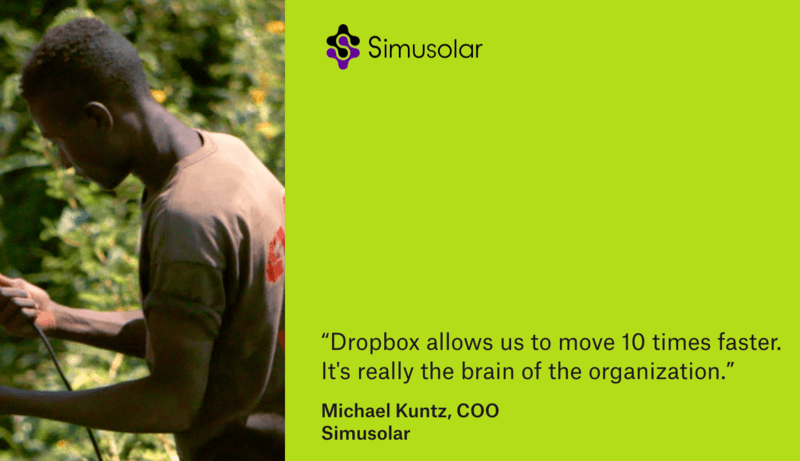
Anchoring positioning in who rather than how is key to developing a functional product story—the narrative in which your customer overcomes some business challenge thanks to, you guessed it, your product—which can be a particularly potent form of messaging.
Place within the market
If you’re building a wireframing solution, you might use a tool like G2 to get an honest assessment of where you fall within the market:
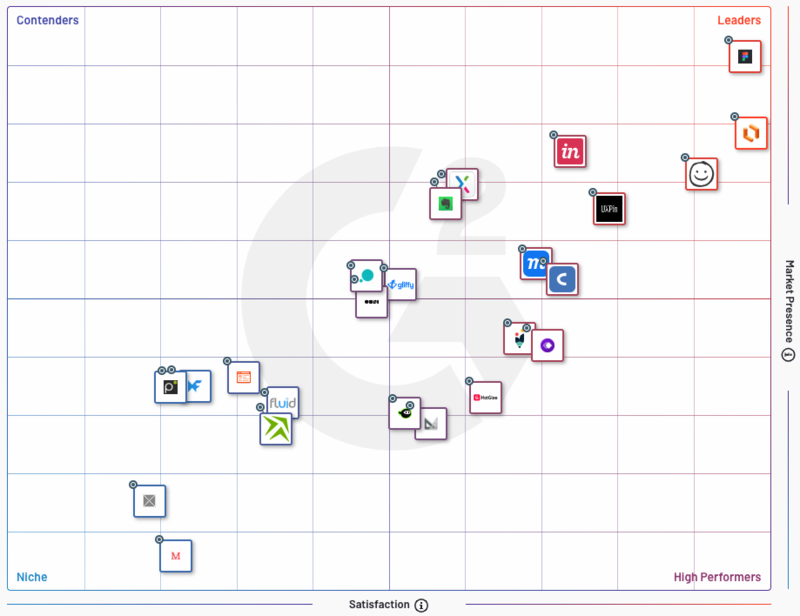
Everyone wants to be up and to the right, but that may not be how your product is perceived ... today.
In a crowded market full of competitors, your goal should be to stand out, not just compete. What makes your product or service unique? What do you have to offer that no one else is providing? The customer should be able to see a distinct difference between your brand and those of your competitors.
In your positioning, acknowledge where you fall in the context of the competitive landscape. Use your status as a hyper-niche upstart as a strength, focusing on how yours is the best product for a very specific kind of customer.
Key benefits
Features are great, but they shouldn’t be a primary focus of your positioning efforts; instead, focus on benefits.
Here’s how Rapid7 does it right on their home page:
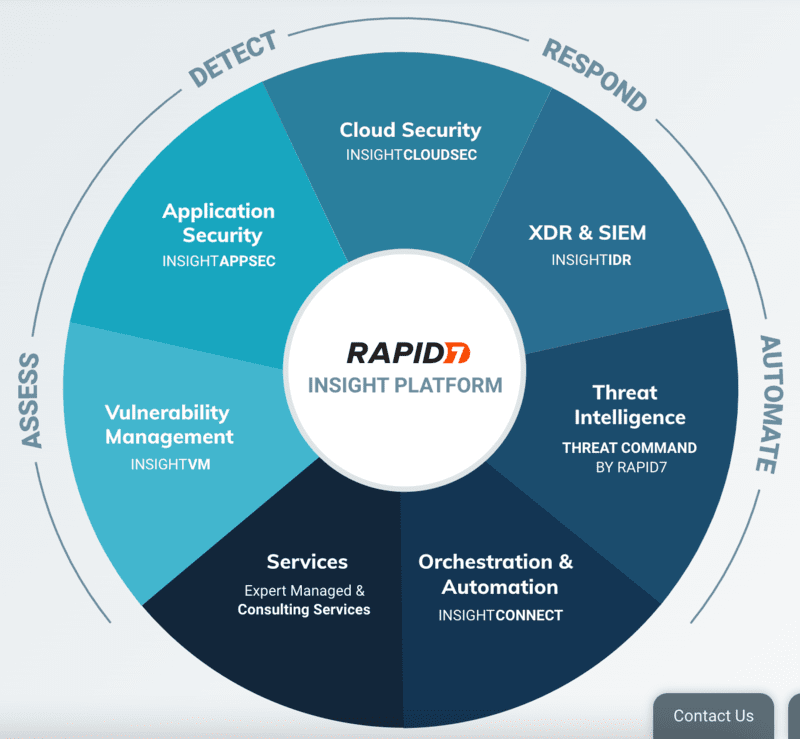
“Our best-in-class solutions combined with our strategic expertise and powerful platform give protectors everything they need to secure their environments with ease. Ready to conquer your greatest security challenges?”
They’ve contextualized the entire suite of tools that comprises the Rapid7 Insight Platform in language that makes the user sound like a hero and distills half a dozen complexities into a single entity that simply empowers the aforementioned champion to “secure environments with ease.”
Evidence
Citing benefits is great.
Proving that your product can deliver on those benefits is objectively better.
Your positioning statement must deploy evidence if you want it to be impactful in application. This can come in the form of customer testimonials or maybe even awards from third parties.
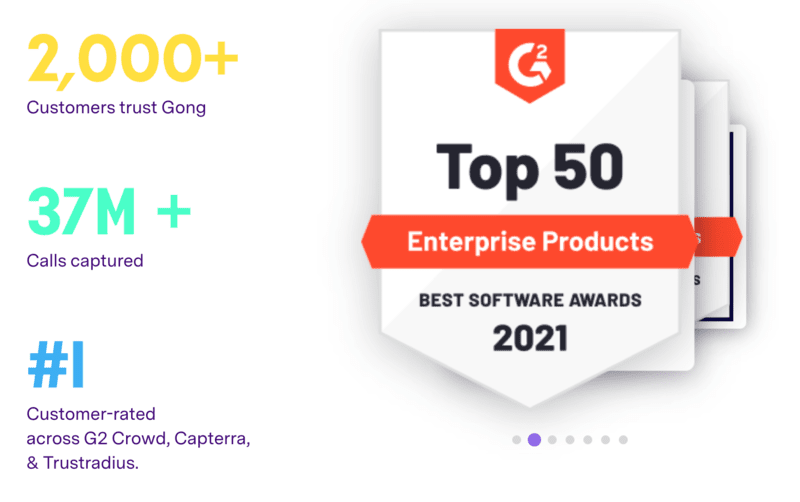
Mic drop.
Clarity
It may seem obvious, but in order for your positioning strategy to be actionable, it must be clear. It’s easy for an ever-changing suite of resources to become sprawling and convoluted. As its chief custodian, it’s the PMM's job to engage in occasional pruning, refining product positioning to reflect changes based on hard evidence sourced from competitive intelligence gathering and your team’s firsthand experiences.
As you can see, effective positioning eliminates any guesswork and helps your team understand the what, why, who, and how of your product.
Now, let’s look at that knowledge in action.
Messaging: Let’s talk about it
Now that you’ve positioned your product, it’s time to decide what you’re going to say about it.
This is the fun part!
In its simplest form, messaging refers to the statements that reinforce why your product or service is awesome. It highlights the key points that you want your buyers to remember and incites action—at the top of the funnel, this means engagement; at the end of the sales cycle, (Docu)signing on the dotted line.
If positioning sets the strategy, messaging brings it to the market. While positioning doesn’t change often, messaging should be in a constant state of flux.
Why does messaging matter?
Because it’s everywhere. From BDRs firing off cold emails to UX designers writing microcopy to your CEO pitching investors in your next round of fundraising.
Neophytes might believe that “messaging” is code for “talking about features and benefits.” While they certainly matter, this a touch oversimplified.
Messaging facilitates the communication of value to the people who matter most (prospects and customers). Done correctly, it can be deployed internally and externally by every member of your organization. In turn, this team-wide synchronization has a multiplicative effect: The more often prospects are exposed to the same quality messaging, the more it begins to resonate.
Here’s what you need to make that happen.
Crafting great product messaging
Simplicity is essential
Your messaging must be clear and concise.
Your language should be compelling, using as few words as possible. You do not want your target audience to overthink when considering your product. There should be a clear and quick path between what they see and the decision to buy.
Wistia does a great job of this:
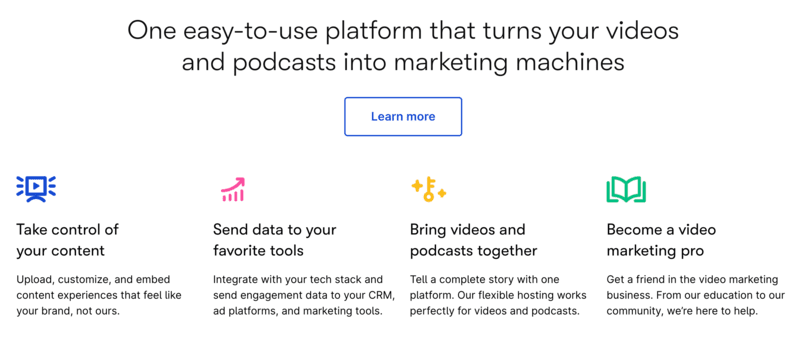
The tone and word choice are conversational and approachable. I immediately know what the platform does and, more importantly, what it’s going to help me do.
Always zag
Your positioning is your source of truth, but if you crafted your messaging without looking at what everyone else is saying about themselves, you run the risk of merely contributing to the noise.
Leverage competitive intelligence to see what your competitors are saying about themselves and how they are saying it … and then run as fast as you can in the opposite direction.
The most extreme version of this is category creation, a la Drift. The revenue acceleration platform was once the conversational marketing platform.
Tell your story
Each statement you make should highlight the truth about your product.
What is it about your brand or product that connects with people? What does it promote? How does it benefit people? What is it that drives your company to create this product?
Cash App isn’t “Venmo for people who know what an NFT is."
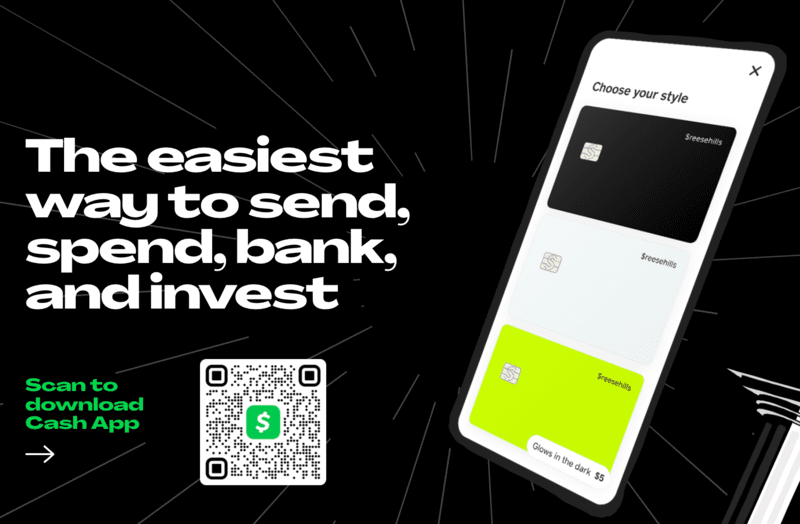
It’s the easiest way to send, spend, bank, and invest. They use a combination of succinct messaging and visual storytelling and, you guessed it, positioning, to craft a message that screams “simplicity (without sacrificing security).”
Positioning & messaging: Your one-two punch
In a crowded market your goal isn’t competition: It’s victory.
Your customers—current and future—should be able to tell the difference between your brand and your competition. Positioning and messaging are the one-two punch you need to make it happen.
But you can’t craft effective positioning and messaging in a vacuum.
You need to understand the environment in which you’re competing.
With Crayon, you can programmatically capture real-time competitive intelligence by tapping into data across millions of sources, thus keeping you squarely on top of product updates, messaging pivots, executive team changes, and more.

Related Blog Posts
Popular Posts
-
 The 8 Free Market Research Tools and Resources You Need to Know
The 8 Free Market Research Tools and Resources You Need to Know
-
 How to Measure Product Launch Success: 12 KPIs You Should Be Tracking
How to Measure Product Launch Success: 12 KPIs You Should Be Tracking
-
 24 Questions to Consider for Your Next SWOT Analysis
24 Questions to Consider for Your Next SWOT Analysis
-
 How to Create a Competitive Matrix (Step-by-Step Guide With Examples + Free Templates)
How to Create a Competitive Matrix (Step-by-Step Guide With Examples + Free Templates)
-
 6 Competitive Advantage Examples From the Real World
6 Competitive Advantage Examples From the Real World





